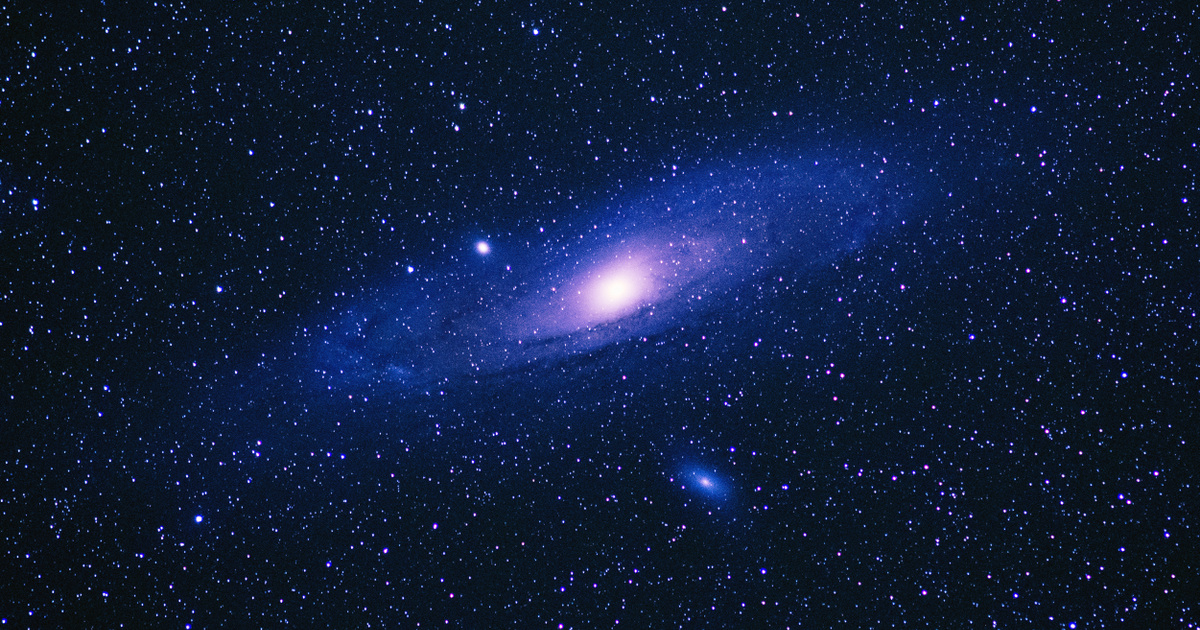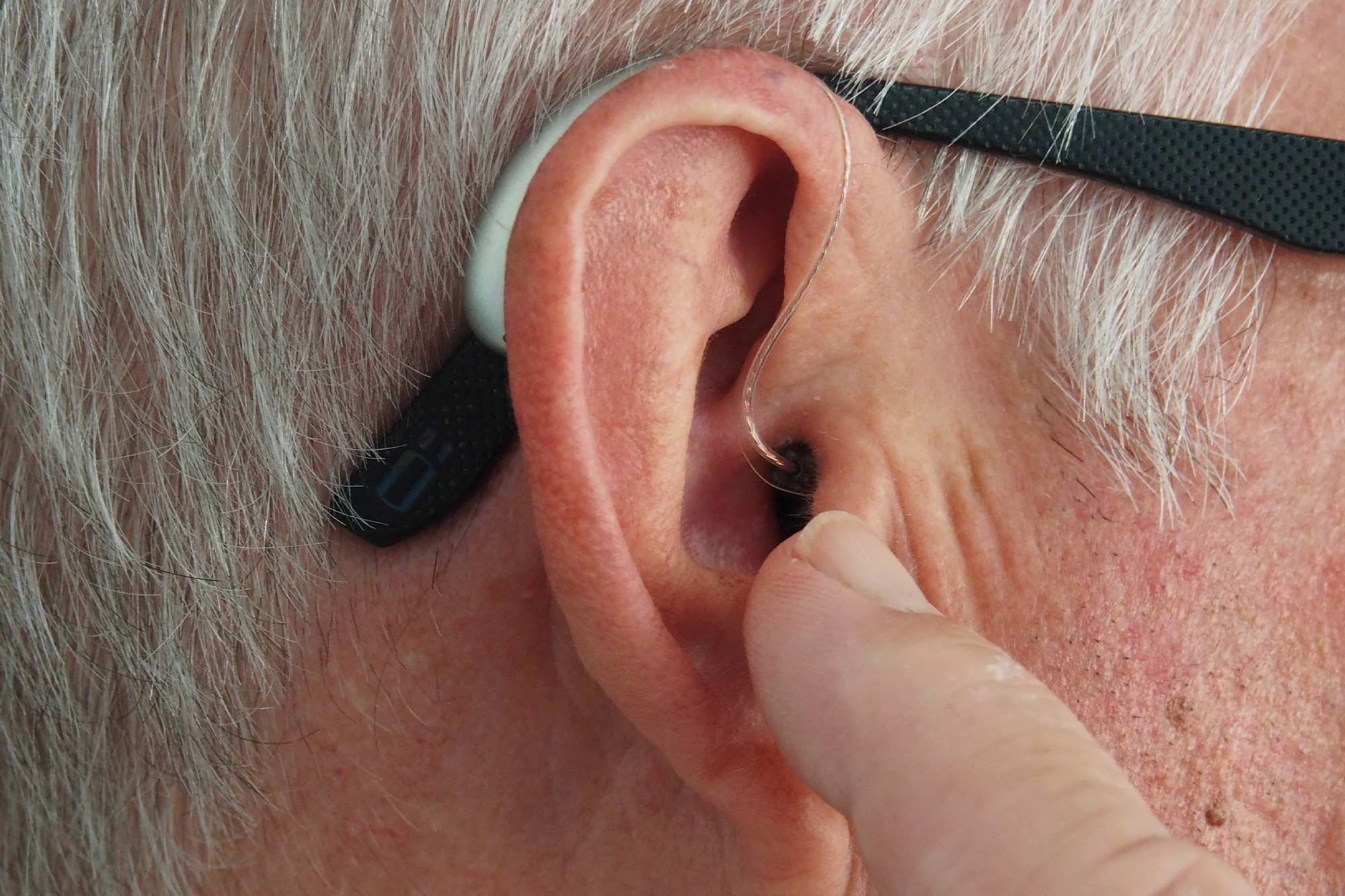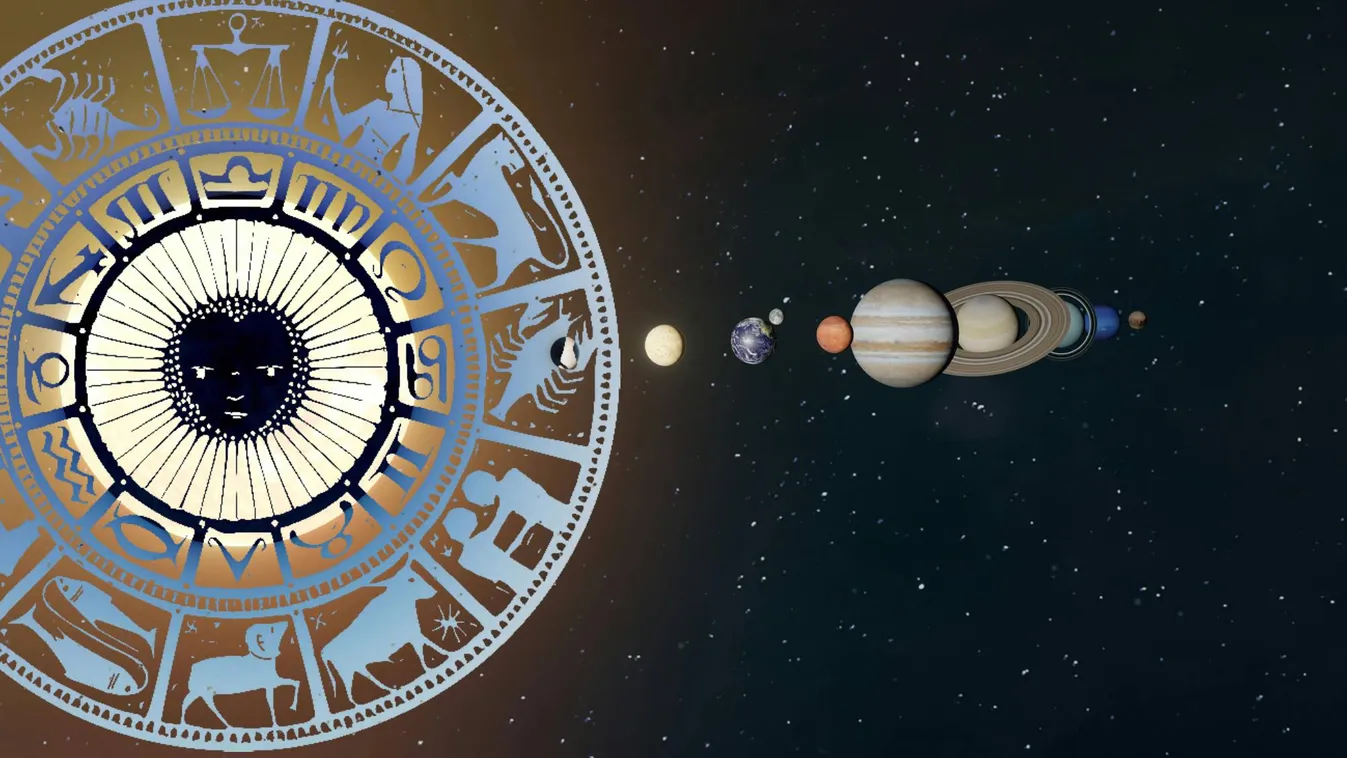Twilight, or auroras in a foreign term, is the name for the phenomenon when a distant cloud or mountain range blocking the path of sunlight around sunset (or sunrise) casts a shadow over the sky. We know this all too well here on Earth, especially in the summer we often encounter it in the form of shadow bands caused by distant clouds. The dark shadow bands spread out like a fan, and by expanding the direction of the bands we find the sun (behind the small cloud in the reader’s image below, while in the image of Mars, it is hidden behind the mountains, i.e. not visible).
We know the Twilight Rays well from home.
Source: I sent it / Lajos Németh Jr.
Although on Mars It was the first time to monitor and capture. Although the Martian atmosphere is very rare compared to Earth’s, Mars has already experienced many known phenomena from home, different types of clouds, and their motions have been sent home.
Clouds moving past Martian aurora.
Source: NASA/JPL-Caltech/MSSS
Most of Mars’ classic water-ice clouds are much higher above the Earth’s surface than their terrestrial relatives, about 60 kilometers high, but the shadow bands seen at sunset are projected on a cloud even higher. It also means that the latter clouds are most likely composed of dry ice (carbon dioxide ice). Image taken by Curiosity on February 2, 2023.
Sunset on Mars.
Source: NASA/JPL-Caltech/MSSS
While it is possible to infer weather phenomena primarily by observing clouds on Earth, Martian clouds and their phenomena also show atmospheric conditions, winds, and composition. Most of the time, the rover’s navigation camera was used to monitor the clouds, it takes monochrome pictures, but in the new phase of the campaign, which started in January 2023, they are relying more and more on the mast camera, which takes color pictures.
On January 27, Curiosity photographed this representative cloud. Although the colors are not as bright as we are used to at home, they are still clearly visible. The rover has captured this phenomenon once before.
Source: NASA/JPL-Caltech/MSSS
Thanks to this, we were also able to obtain a recording of the representative feather-shaped cloud that was spotted by the rover on January 27, 2023. The size of the miniature ice crystals that make up this cloud can also be deduced, thanks to the colors that appeared as a result of the bending (diffraction) of light caused by this cloud. crystals.
Curiosity’s cloud monitoring campaign will continue for a few more weeks, and hopefully we’ll get more exciting images!














































